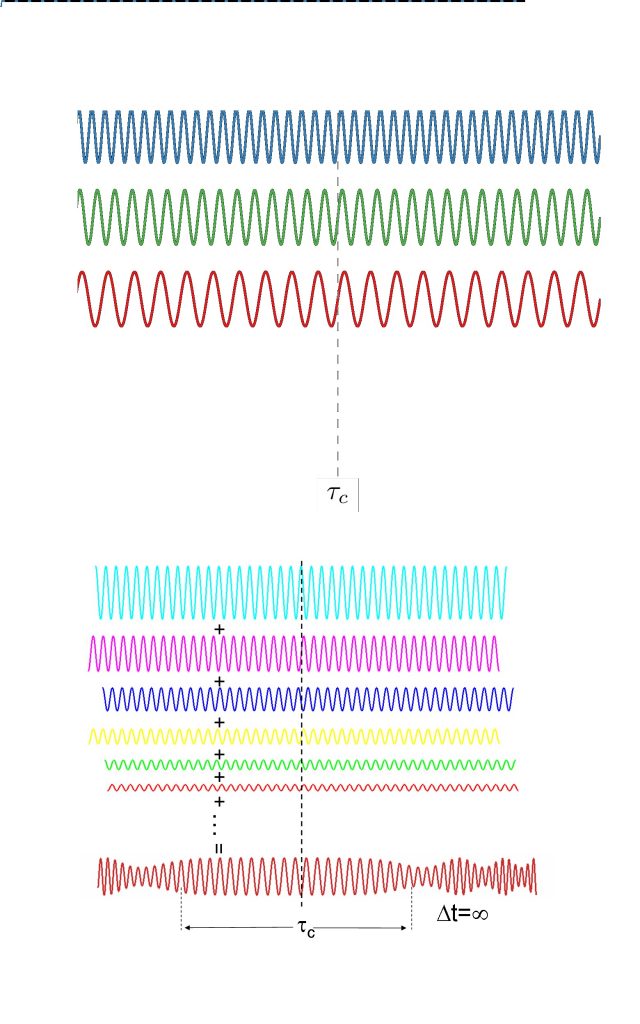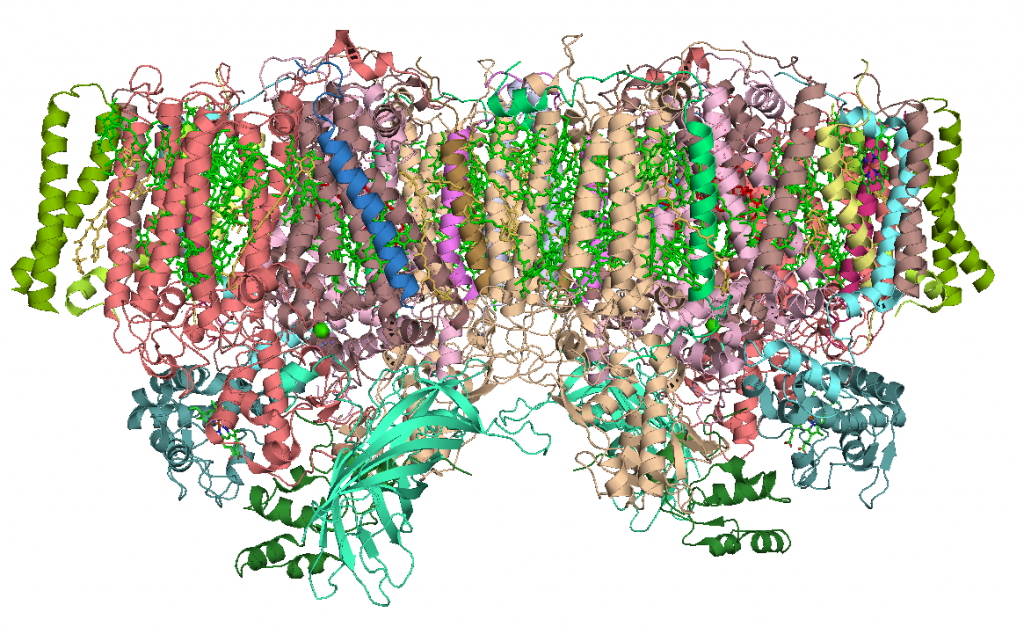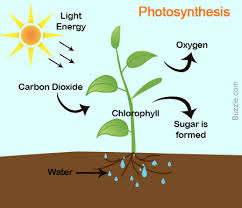Scientists from the National University of Singapore (NUS) have created a device that imitates natural photosynthesis and uses a greenhouse gas to make ethylene gas (a primary ingredient in polyethylene, the most common plastic in the world). This method requires only sunlight, water and CO2,making for a non-destructive and eco-friendly alternative to current ethylene production methods.
Polyethylene demand and production challenges
Polyethylene is in extremely high demand for its use in everyday objects. Humans produce 10`s of millions of tonnes of polyethylene each year, and demand is increasing in correlation with the exponentially growing population. According to a study done from the Freedonia Group, demand for polyethylene will surpass 220 million tonnes by 2020.
Current methods of ethylene production require the burning of fossil fuels, which pollute the atmosphere with greenhouse gases. Producing one pound of ethylene returns two pounds of carbon dioxide [3]. Additionally, fossil fuels are a limited resource, straining its availability. These challenges have driven Professor Jason Yeo Boon Siang and his team in finding a renewable and environmentally-friendly way of producing ethylene
Artificial photosynthesis and ethylene production
Two photosynthetic by-products are crucial to our existence: Sugars and oxygen. These products make photosynthesis important to humans. Photosynthesis is defined as the chemical process in which plants use the energy of the sun to make carbohydrates from carbon dioxide and water. This is nature`s convenient method of handling carbon dioxide in the atmosphere.
In 2015, the scientific team created a copper catalyst that could produce ethylene in the presence of water and carbon dioxide when stimulated with electricity. They then combined this copper catalyst with an artificial photosynthesis system to create a device that could create ethylene by using solar energy in place of electricity. This prototype, if up-scaled on an industrial level, could revolutionize the current eco-harming methods of polyethylene production, and could potentially decrease CO2 concentrations in the atmosphere for future years to come. Not only does this new device produce ethylene with a clean and renewable energy source, it also cleans the air we breath!
Doctor Yeo said: “Carbon capture is a key step in fighting human-driven climate change. There has been a steady increase in the atmospheric concentration of carbon dioxide, because the rate of carbon dioxide emissions exceeds that of carbon capture. This has been attributed as a major cause of global warming which leads to undesirable environmental changes. Our device not only employs a completely renewable energy source, but also converts carbon dioxide, a greenhouse gas into something useful. This could potentially close the carbon cycle.”
The future of sustainable plastic production:
Source:
- National University of Singapore. “Scientists develop artificial photosynthesis device fo greener ethylene production.” ScienceDaily. ScienceDaily, 24 November 2017 <www.sciencedaily.com/releases/2017/11/171124084755.htm>.
- Peng, Y.; Wu, T.; Sun, L.; Nsanzimana, J. M. V.; Fisher, A. C.; Wang, X. ACS Applied Materials & Interfaces 2017, 9 (38), 32782–32789.
- Posen, I. D., Jaramillo, P., Landis, A. E., & Griffin, W. M. (2017). Greenhouse gas mitigation for U.S. plastics production: energy first, feedstocks later. Environmental Research Letters, 12(3), 034024. doi:10.1088/1748-9326/aa60a7
-Sina Alavi





